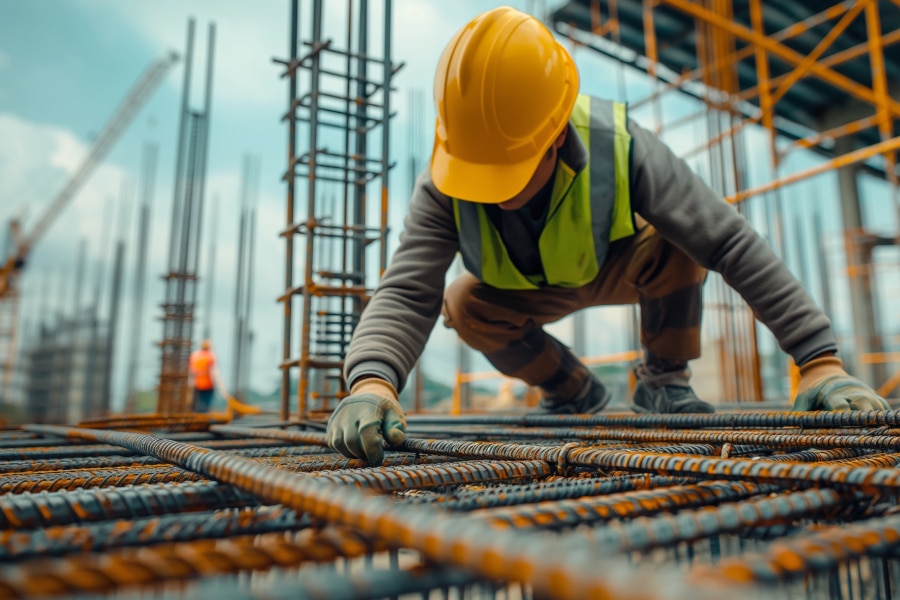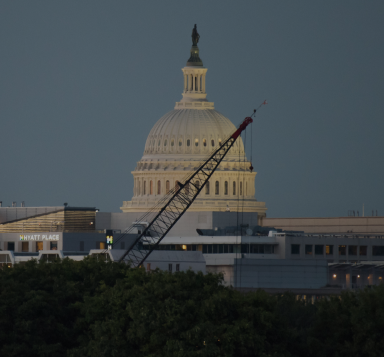In non-pandemic times, Trevor Musia’s alarm goes off at around 4 a.m.
Within the hour, he’s out the door of his Temecula, California, area home and commuting roughly 60 miles south to San Diego, where his firm, Dynalectric, has its office.
At 6:30 a.m., Musia is typically at his desk working, communicating with colleagues both in the office and out in the field as he contributes to a bevy of large-scale construction projects as a project engineer.
By the middle of March, however, Musia’s wake-up call and commute got a little easier.
Like many of the construction-industry professionals we’ve profiled these past two months, Musia has been a full-time remote worker during the COVID-19 pandemic’s peak. While Musia is still deep into work at 7 a.m.—at the latest—he’s spared himself the 4 a.m. wake up in favor of a few extra hours of sleep.
“It’s the curse of being a night person who works a morning person’s job,” Musia said.
Improved productivity
Although his physical location has changed, Musia said his day-to-day work hasn’t. In fact, instead of spending an upwards of an hour to two hours each way commuting every day, Musia said he’s spending that extra time both putting in more-productive work hours and being with his wife and six-month-old son.
“It’s nice to get off of work and my family is waiting for me right there instead of having to wait an hour and a half or two hours to see them,” Musia said. “I’m not dealing with nearly as much stress. As crazy as this quarantine has been—and my heart goes out to anyone who’s been affected by either the quarantine or even the virus itself—I’m actually enjoying this time. I’m able to stay productive at home.”
Being productive at home hasn’t come without challenges. With construction an “essential” business, Musia said his projects have moved forward as usual with strict on-site safety precautions. But communicating with co-workers—particularly those on jobsites—hasn’t always been easy. It has forced him, like the rest of the industry, to collaborate remotely.
This is especially true for a self-described extrovert like Musia, who said he enjoys being with people in-person at the office, eating lunch with colleagues and taking part in typical intra-office chitchat. What’s more, when he’s not consorting with his in-office colleagues at work, Musia is usually out on jobsites, participating in job-walks and site surveying, as well as meeting with customers.
Collaborate remotely
To overcome these jobsite communication challenges, Musia said his team has turned to screen-sharing technology to coordinate what otherwise would have been done in a trailer or on site in-person with paper plans.
“It’s one thing to sit next to someone and open a set of plans and look at stuff and point stuff out,” Musia said. “It’s another thing to do it remotely. Thankfully technology nowadays is pretty solid, and there are some pretty advanced meeting functions remotely. We’ve had to do a lot of that to compensate.”
While Musia and his field-worker colleagues have had to collaborate remotely to compensate for a lack of in-person contact, one thing that Musia said hasn’t changed is their use of Bluebeam.
“I’ve been using Bluebeam pretty much the same,” Musia said. “I have dipped my toes into Studio Projects quite a bit more, and even Studio Sessions. We had a few standard processes in those services, but we don’t run our whole operation out of Studio.”
“Gradually,” Musia continued, “we’re learning new ways to use Studio Projects and Sessions to help our company, and I think workflows in those platforms will continue to be in place even after this quarantine is lifted. We’re thankful that Bluebeam is a powerful program.”
Ultimately, Musia said that while he does enjoy the benefits of remote work—namely the lack of commute, extra time with family and added productivity—he eventually hopes for a reality where there is a healthy balance between the ability to collaborate remotely, have in-office communication and visit colleagues working on jobsites.
Like the rest of the world, Musia hopes that new normal happens sooner rather than later.
“There’s a lot of interactivity that’s absent right now,” Musia said. “And it’s hard to say if any number of remote meetings could ever replace that. I tend to say no.”










